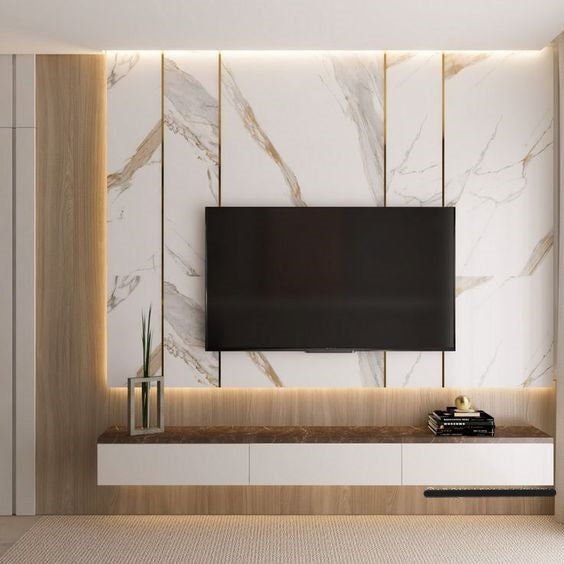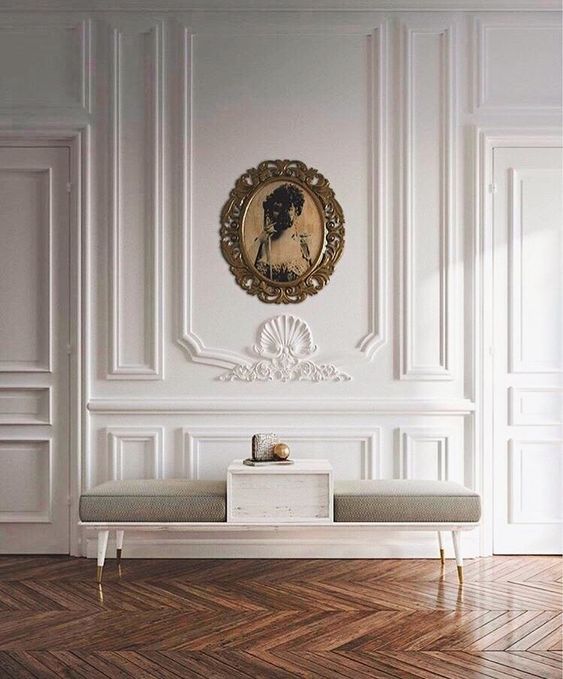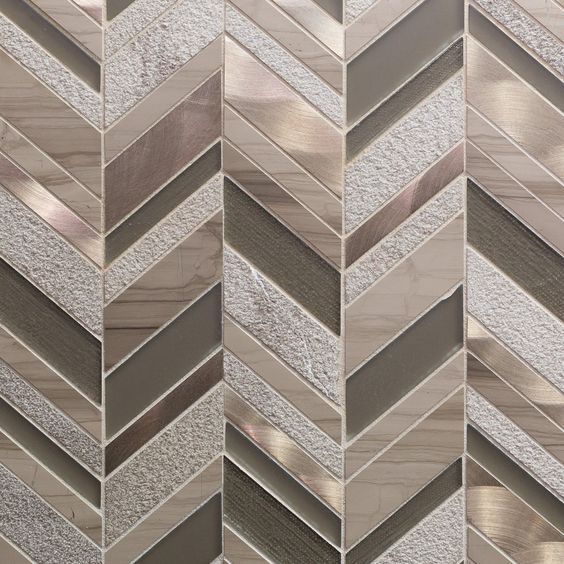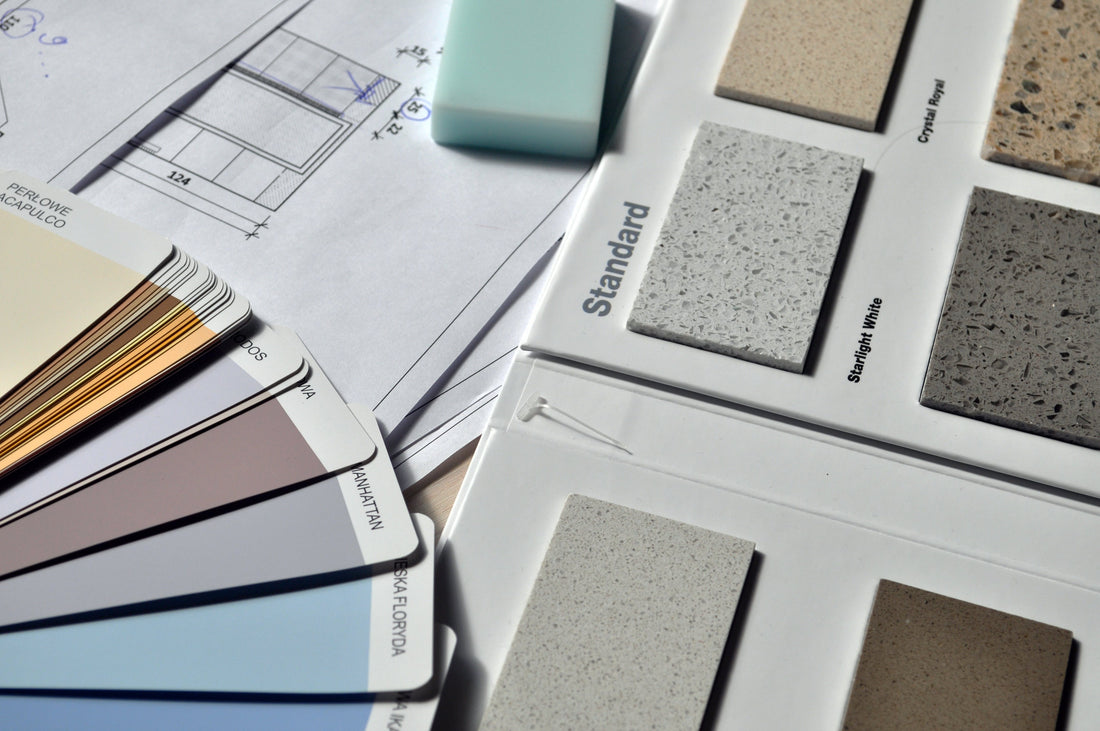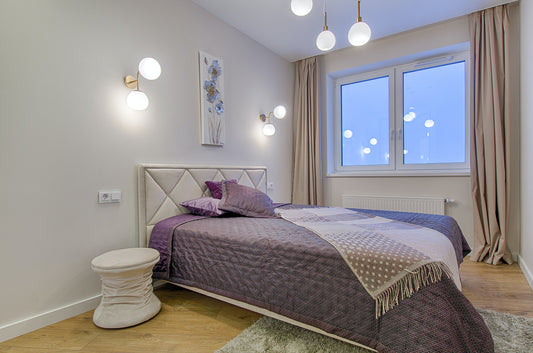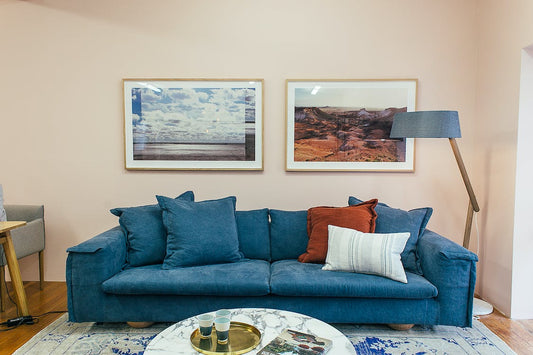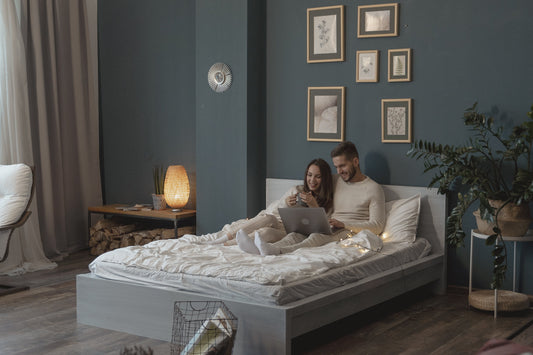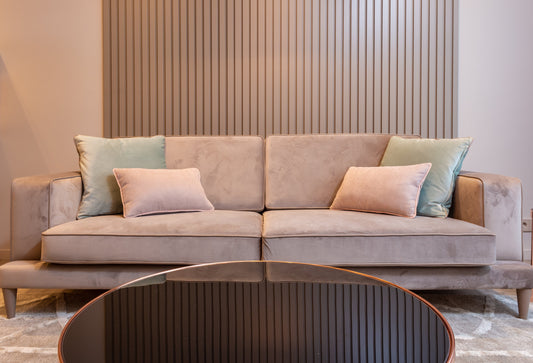Color plays a pivotal role in home design, transcending mere aesthetics to profoundly impact the overall mood and atmosphere of a space. Beyond visual appeal, the chosen color palette can evoke specific emotions, stimulate creativity, or induce a sense of calm. Understanding the psychology of color is essential in creating a home environment that aligns with your preferences and lifestyle.
The colors surrounding us have a direct influence on our emotions and perceptions. Warm tones like reds and yellows can promote energy and sociability, while cool blues and greens evoke tranquility and relaxation. The careful selection of colors in a home can transform it into a sanctuary that reflects the inhabitants' personality and enhances their well-being.
Navigating the process of choosing a color palette for your home involves more than simply picking hues that catch your eye. It requires a thoughtful consideration of personal preferences, the principles of color theory, and practical aspects like lighting and room size. As we delve into this process, it becomes evident that the selection of colors is a dynamic and personal journey, with each choice contributing to the overall ambiance of the living space.
Consideration of Personal Preferences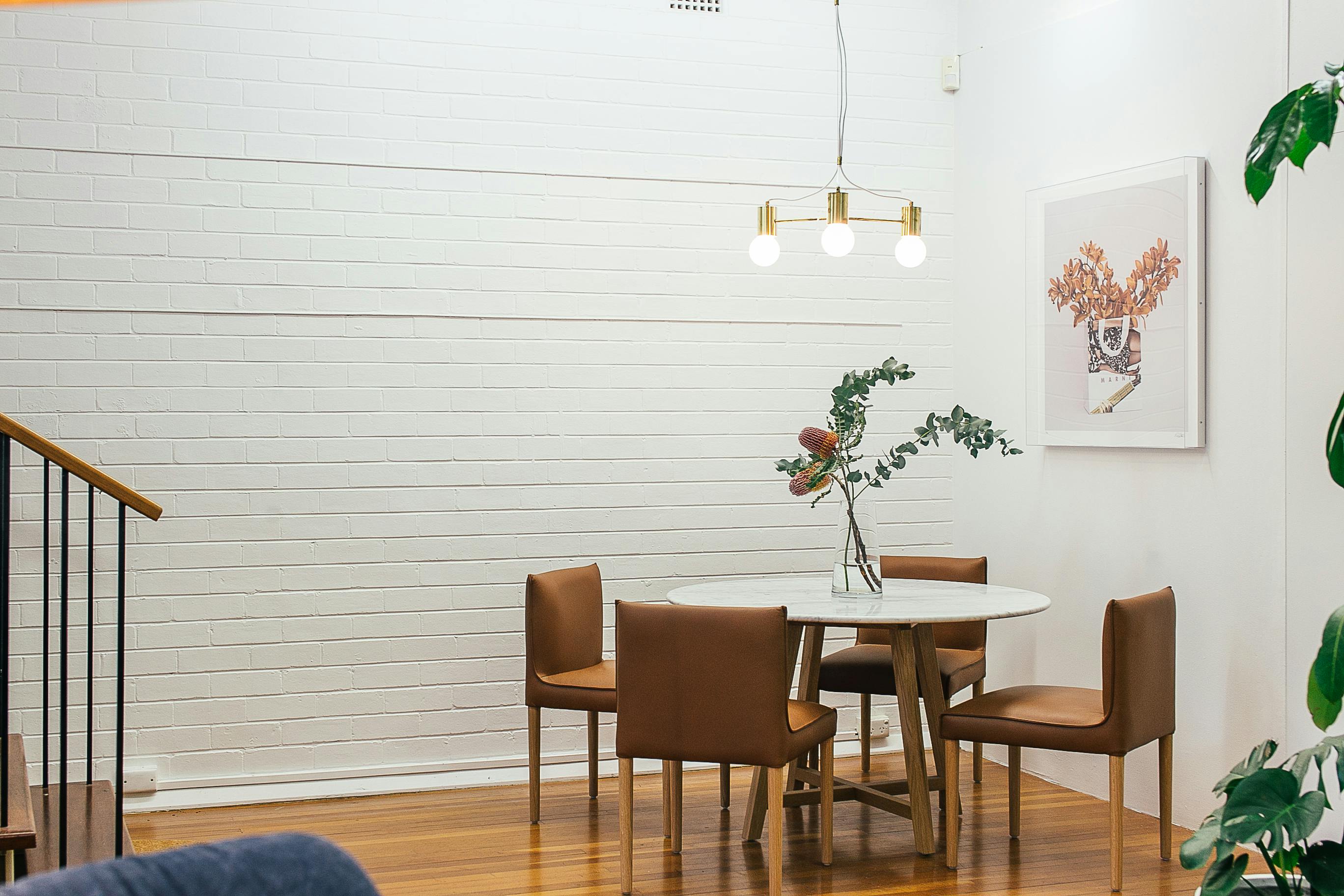
To begin, understanding your personal style and taste is crucial. Whether drawn to modern minimalism, classic elegance, or vibrant eclectic styles, your preferences will guide the color choices that resonate with your aesthetic sensibilities. Evaluating color preferences and aversions is equally important, as certain colors may elicit strong emotions or memories.
Moreover, considering the functionality and purpose of each room is pivotal in choosing appropriate colors. For instance, serene and calming tones may be preferable in bedrooms, while lively and energetic hues could enhance spaces designed for socializing or work. The intersection of personal taste and practical considerations forms the foundation for a well-balanced and harmonious color palette in your home.
Understanding Color Theory
Color theory is a fundamental aspect of choosing the right color palette for your home. The three basic principles of color theory are hue, saturation, and brightness. Hue refers to the color itself, such as red, blue, or yellow. Saturation measures the intensity or vividness of a color, while brightness determines how light or dark a color appears.
Complementary and contrasting color schemes play a crucial role in creating visually appealing interiors. Complementary colors are opposite each other on the color wheel, creating a vibrant and dynamic look when used together. Contrasting colors, on the other hand, are adjacent on the color wheel and provide a harmonious yet visually interesting combination.
The psychology of colors is another significant aspect to consider. Colors evoke specific emotions and moods. For example, warm colors like red and yellow can create a sense of energy and warmth, while cool colors like blue and green promote calmness and relaxation. Understanding these psychological impacts helps in selecting colors that align with the desired atmosphere for each room.
Practical Considerations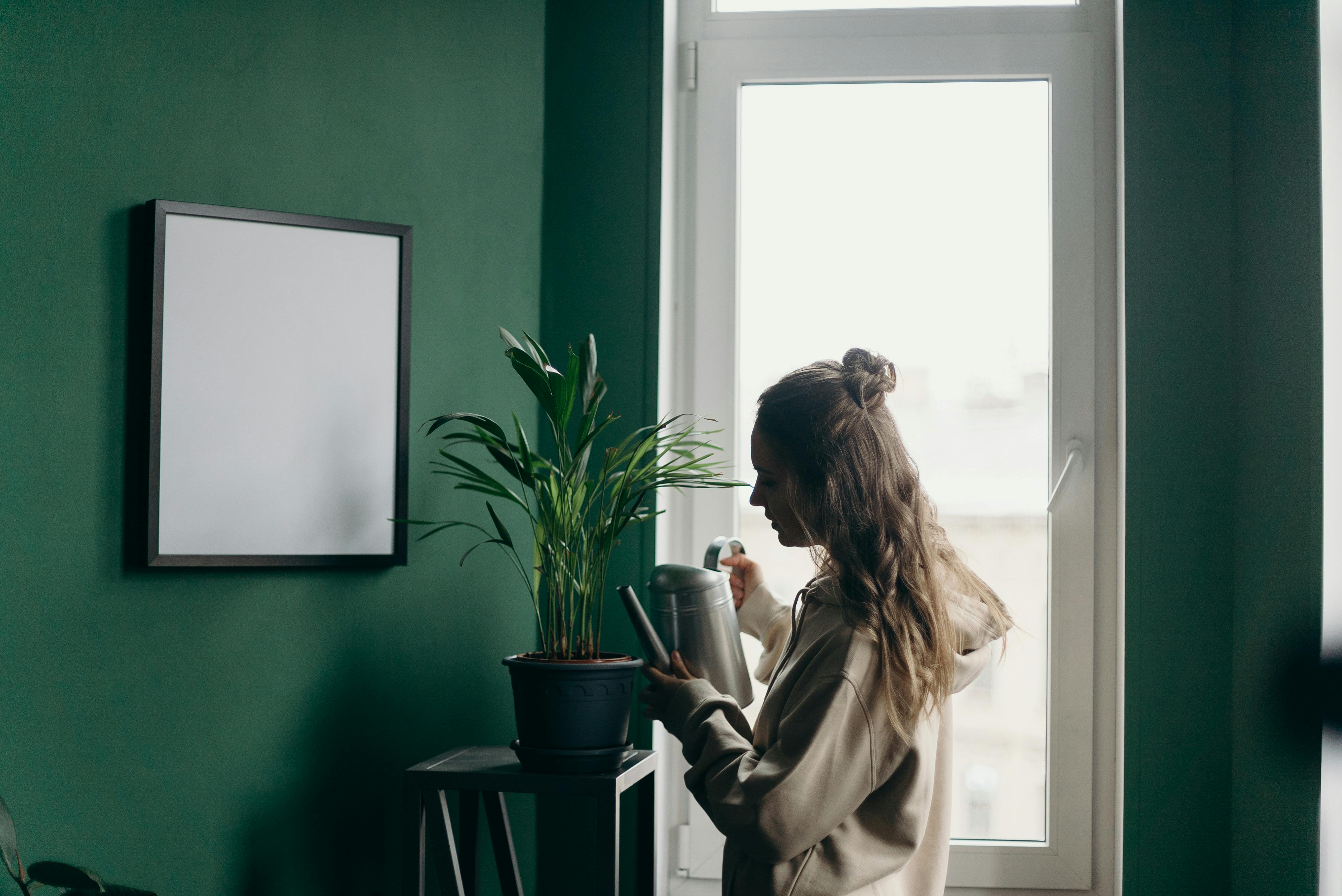
Natural light plays a crucial role in color perception. The intensity and direction of sunlight can significantly alter how colors appear in a space. It's essential to consider the orientation of windows and the amount of natural light each room receives when choosing a color palette.
The size and layout of each room also influence color choices. Lighter colors can make small rooms feel more spacious, while darker hues add coziness to larger spaces. Existing furniture and decor elements should be taken into account to ensure the chosen colors complement the existing design scheme, creating a cohesive and balanced look within the home.
By taking these practical considerations into account, one can navigate the intricate balance between personal style and functionality, creating a home environment that not only reflects individual taste but also enhances the overall livability and aesthetic appeal of the space.
Testing and Sampling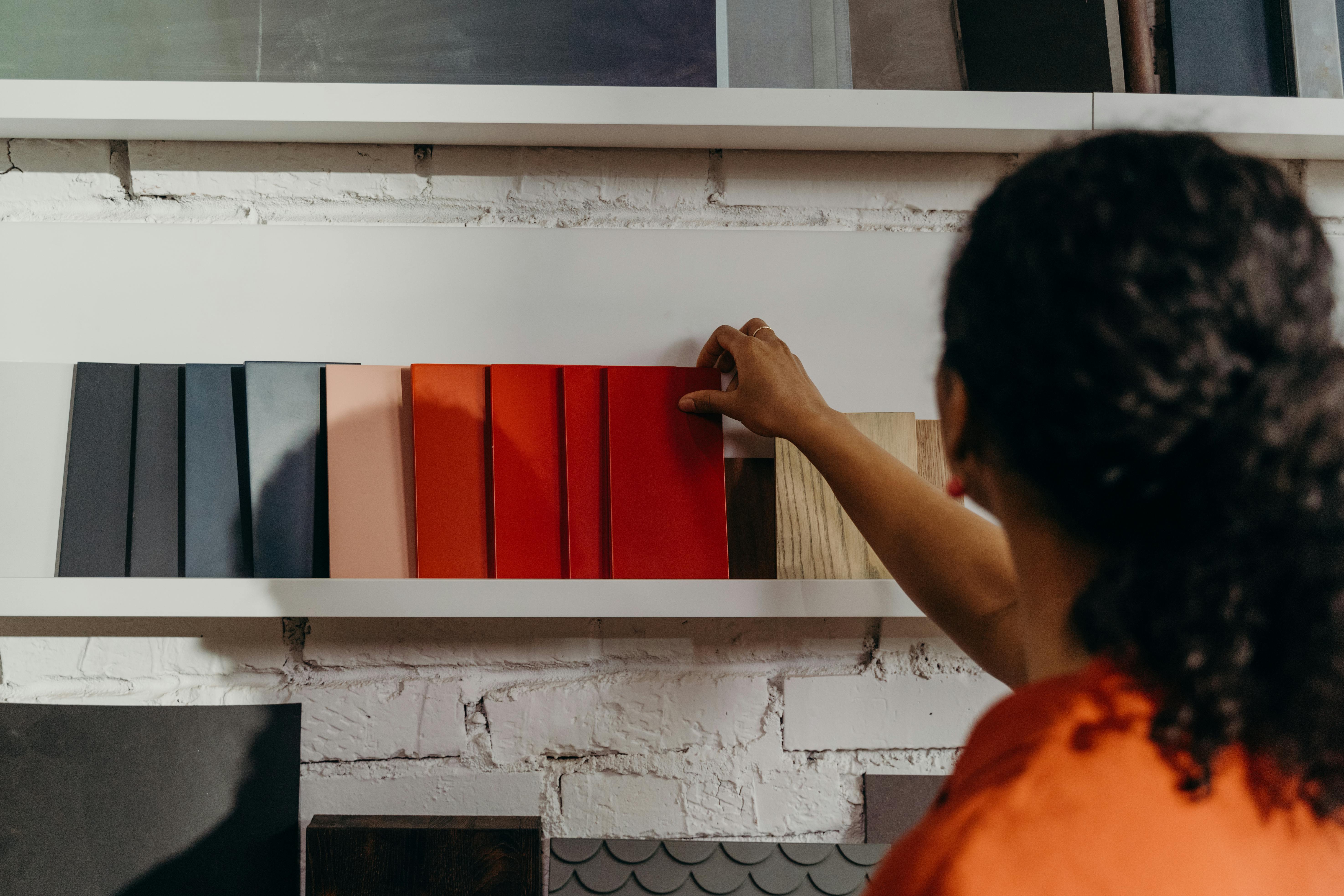
Choosing the right color palette for your home is a crucial decision, and testing and sampling play a pivotal role in ensuring satisfaction with your choices.
Importance of testing paint samples in different lighting conditions: Colors can look vastly different under various lighting scenarios. Natural daylight, artificial light, and evening lighting can all impact how a color appears. It's essential to test paint samples in these different conditions to avoid surprises and ensure the chosen palette maintains its desired effect throughout the day.
Trying out color samples on small areas before committing: Painting an entire room only to find that the color isn't as expected can be disappointing. By trying out color samples on small areas, such as an inconspicuous corner or a large piece of poster board, you can assess how the color interacts with the room's elements and make adjustments before making a substantial commitment.
Seeking feedback from family and friends: The opinions of those close to you can provide valuable perspectives. Family and friends may notice aspects of the color palette that you overlooked or offer insights into how it aligns with the overall aesthetic of your home.
Conclusion
Selecting a color palette for your home is a deeply personal process that requires thoughtful consideration. Summarizing the key considerations, testing paint samples in various lighting conditions ensures consistency, trying out samples on small areas prevents large-scale disappointments, and seeking feedback fosters a collaborative decision-making process. Emphasizing the personal nature of color selection, it's crucial to choose colors that resonate with your style and preferences. Lastly, encouraging creativity and experimentation in home design allows for a unique and customized living space that reflects your personality and creates a harmonious atmosphere.

